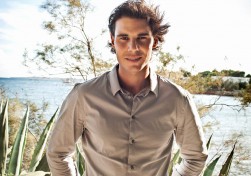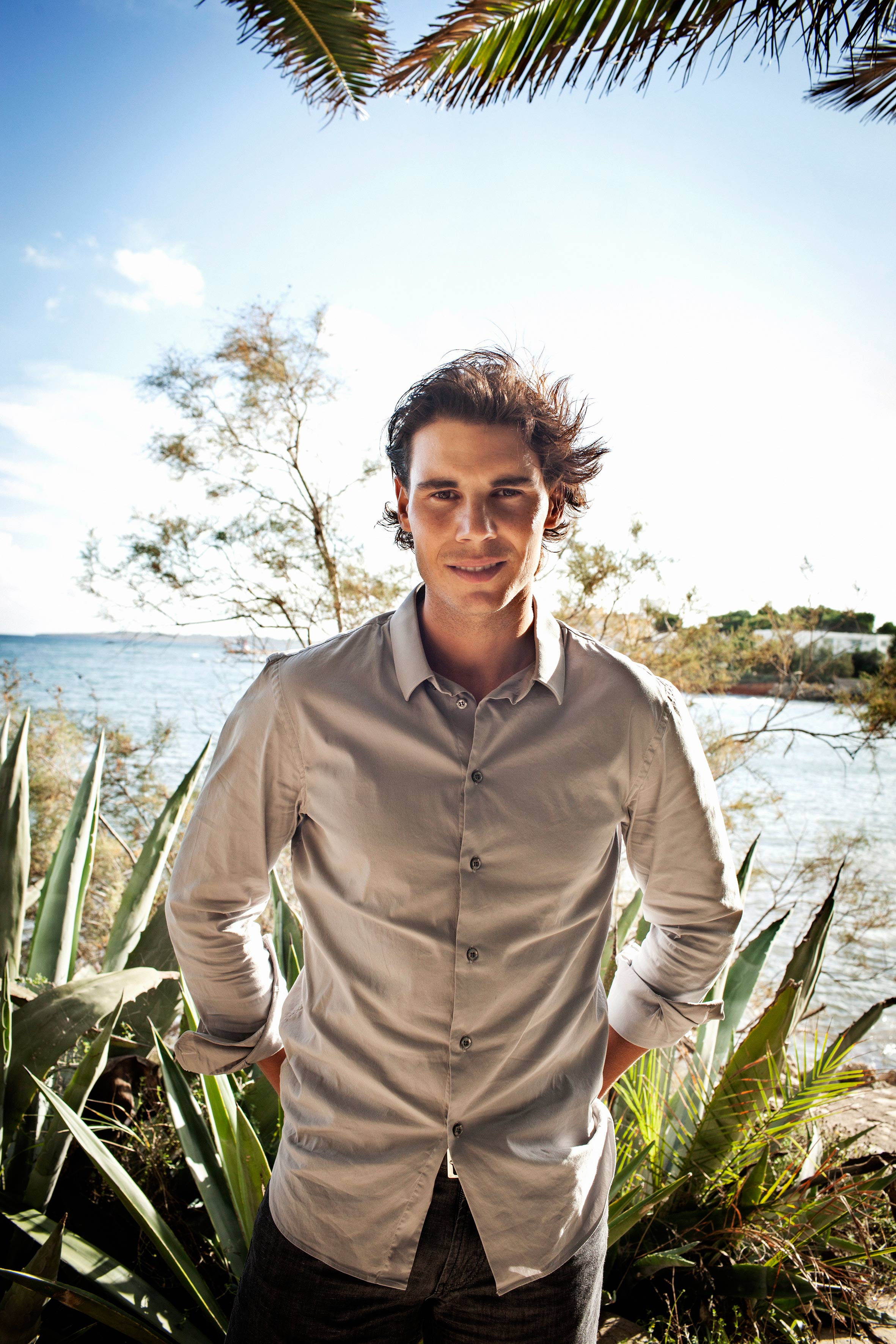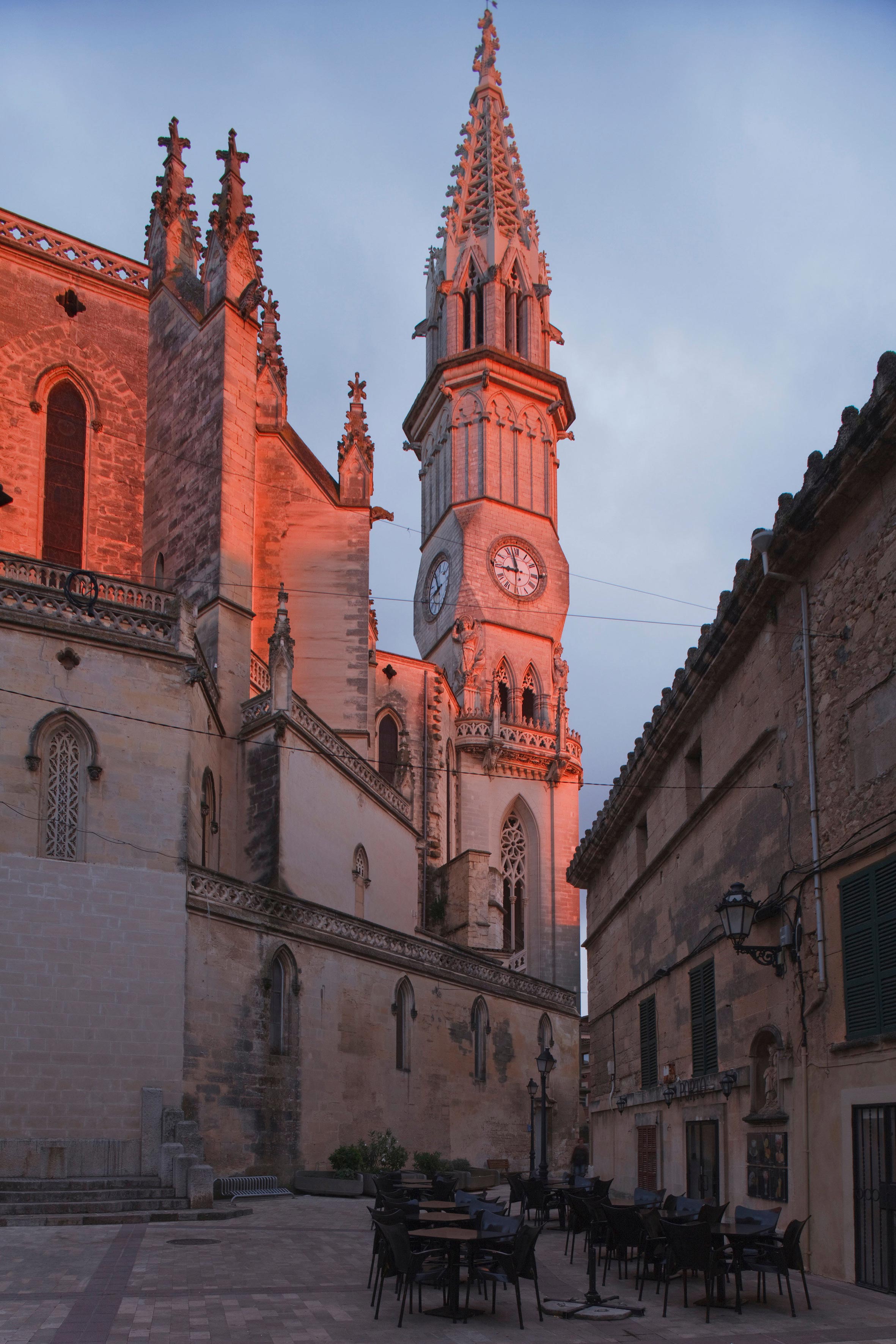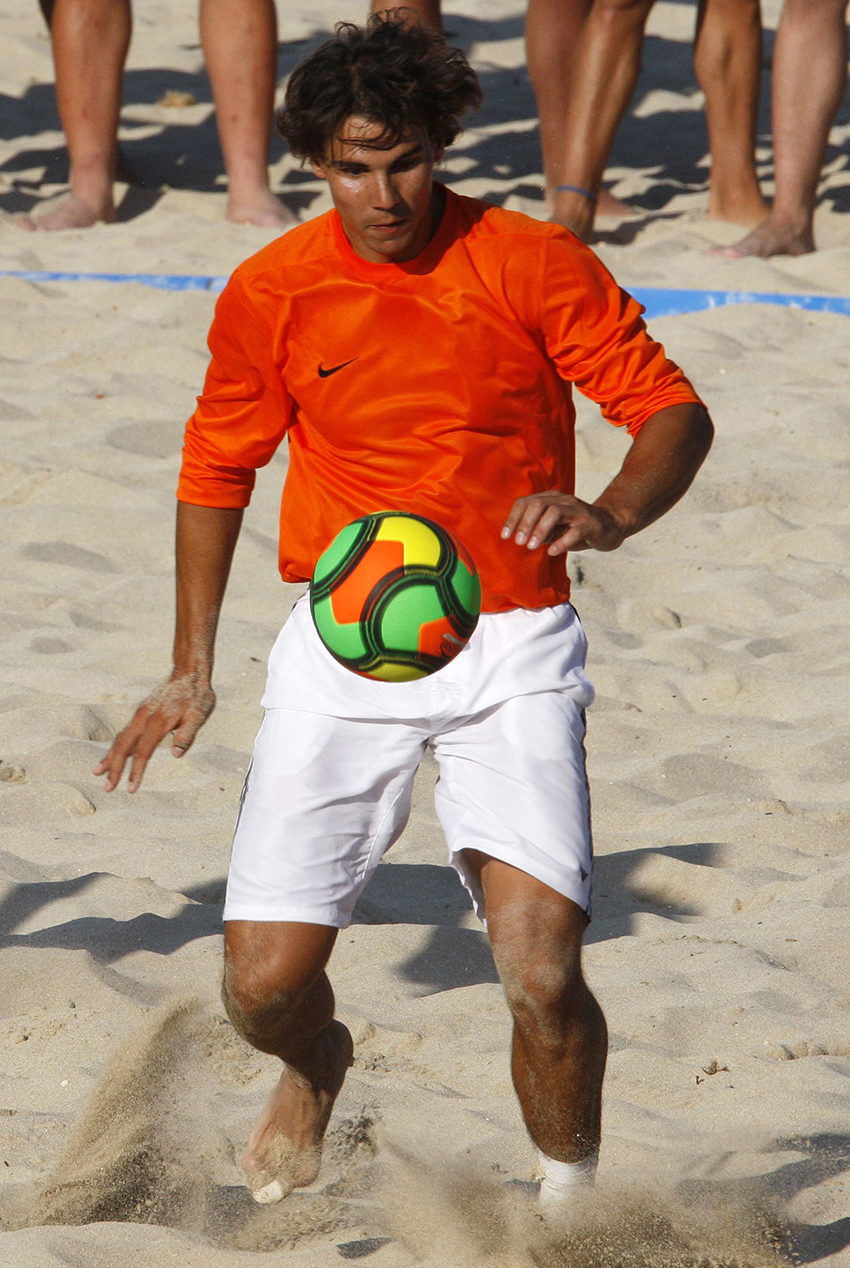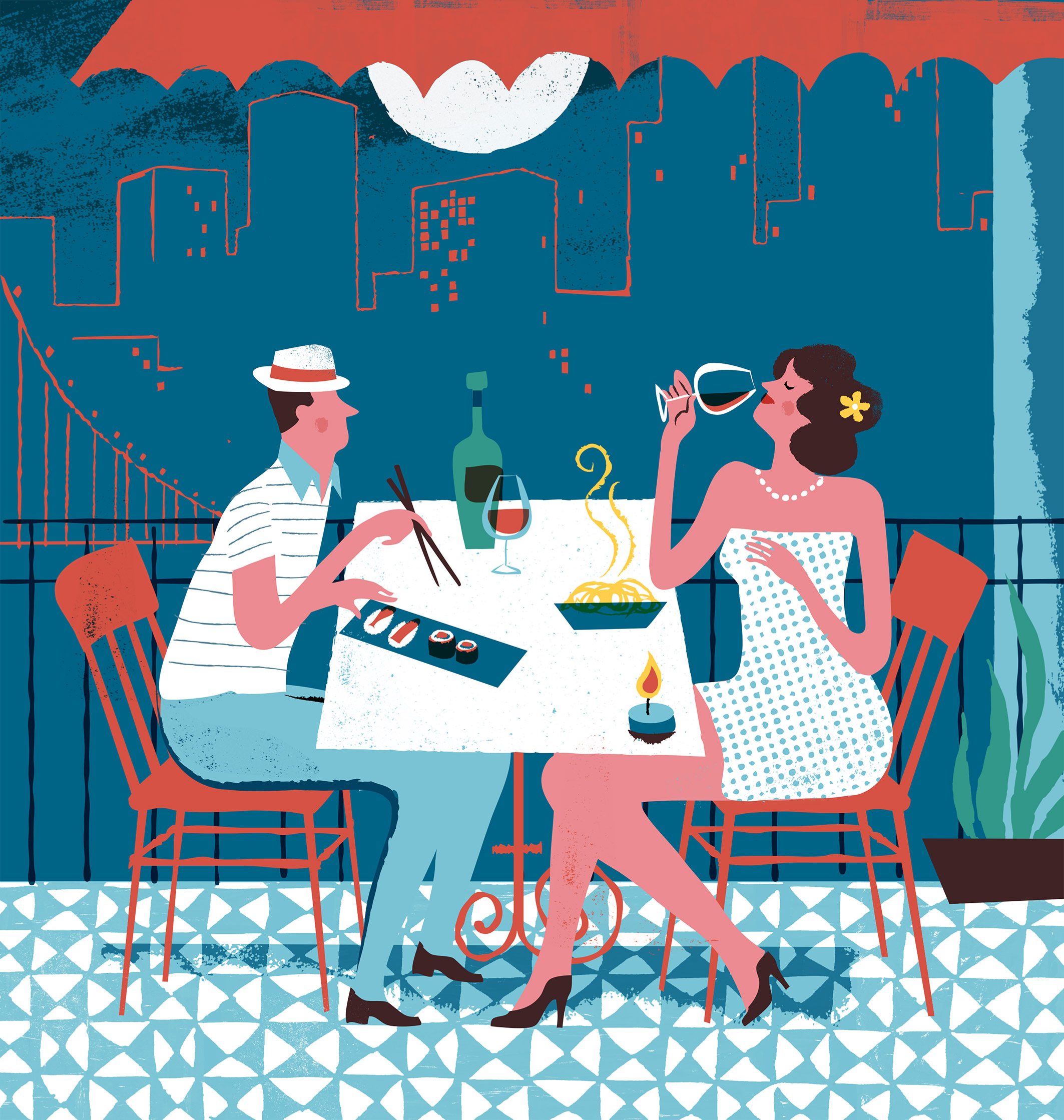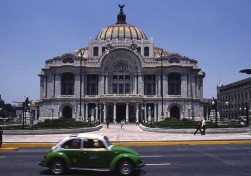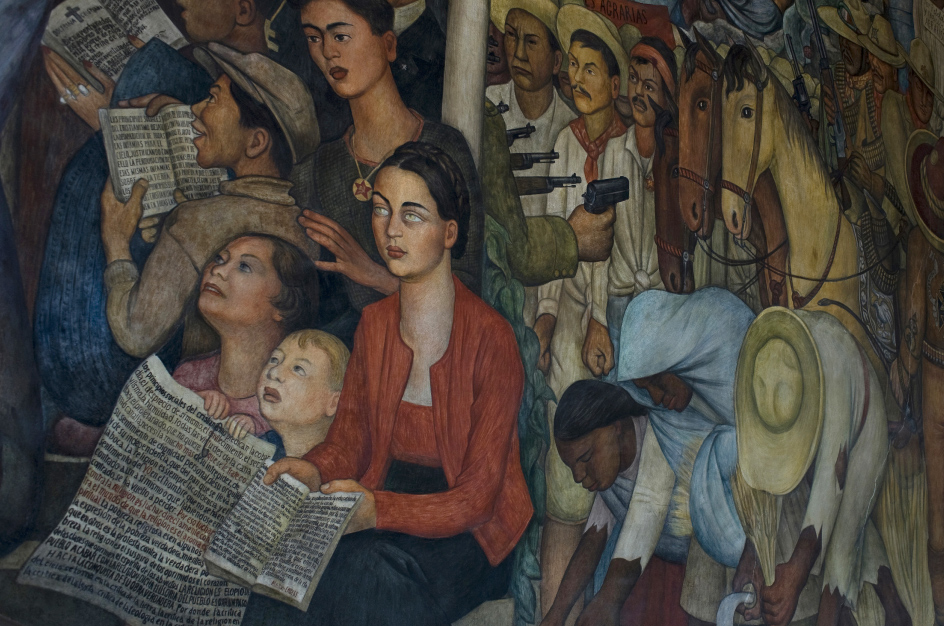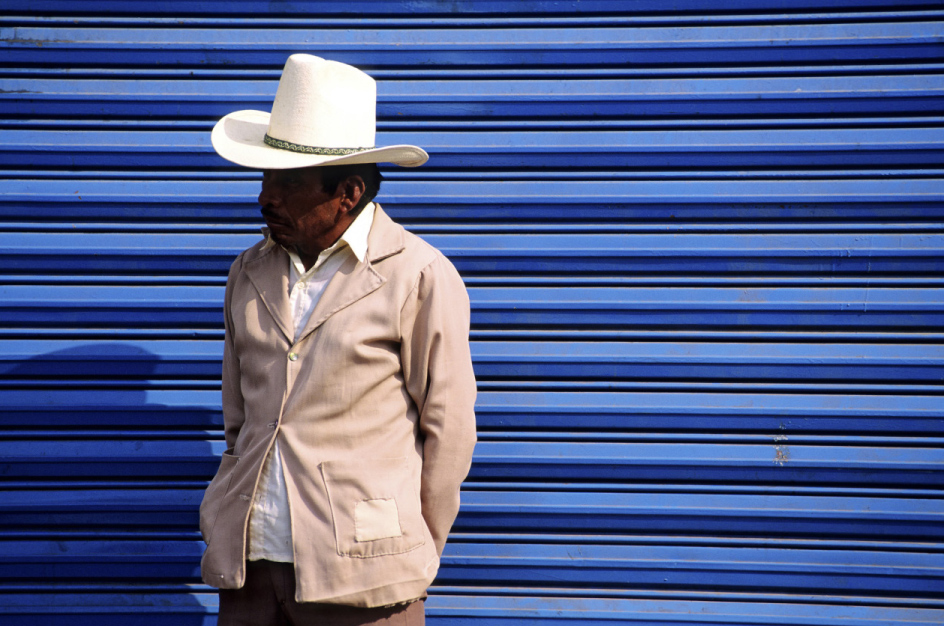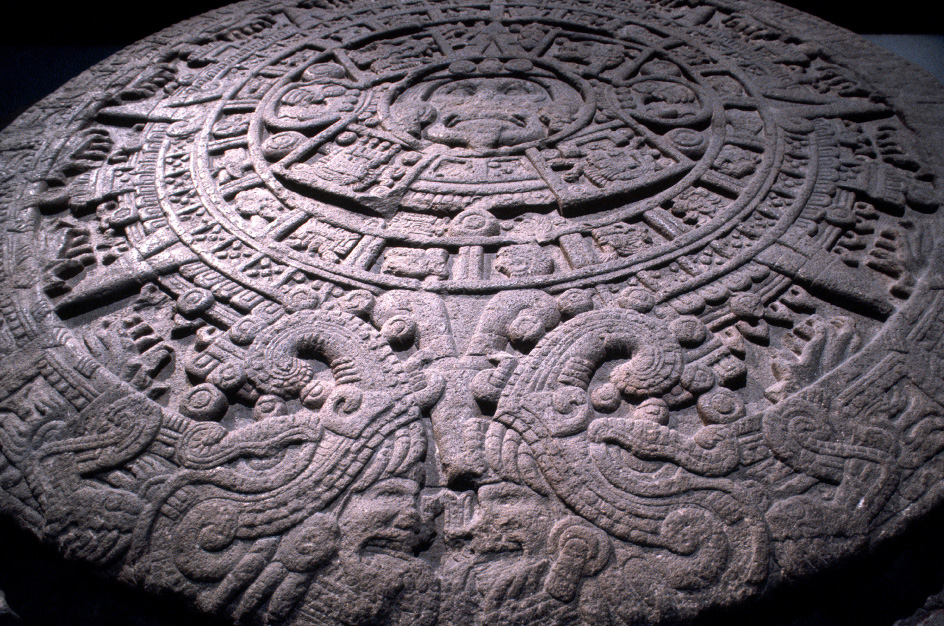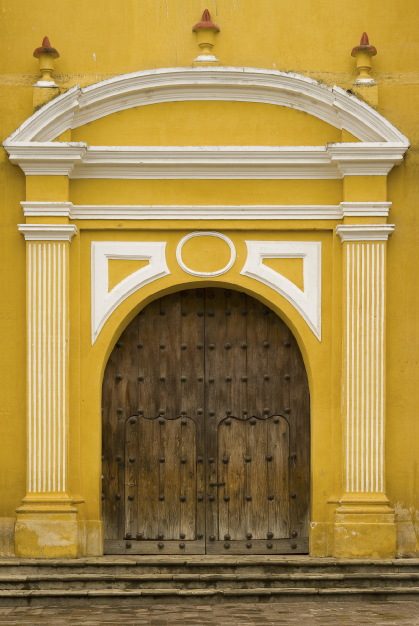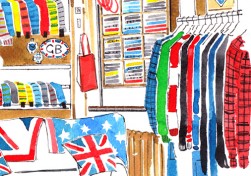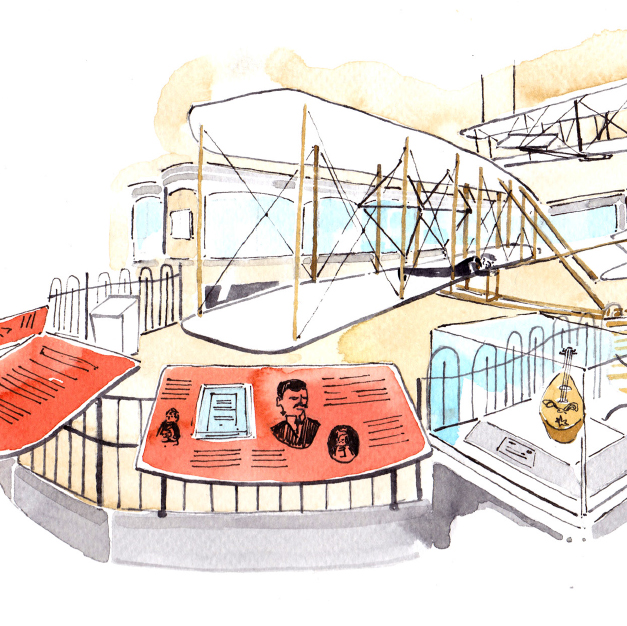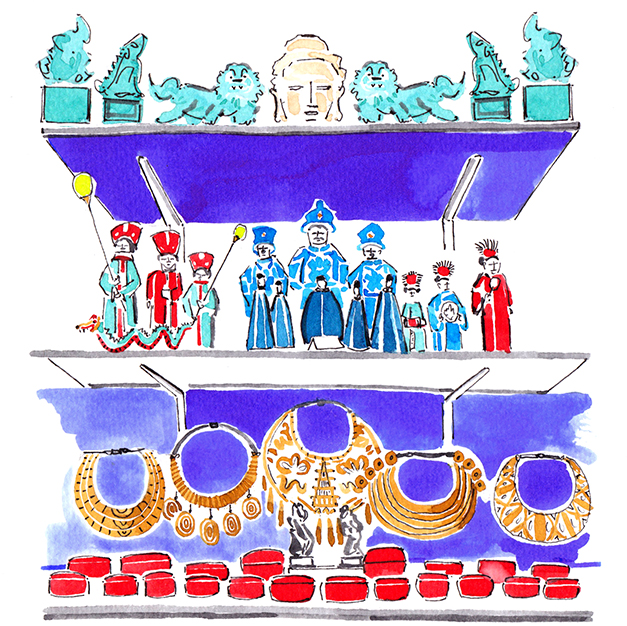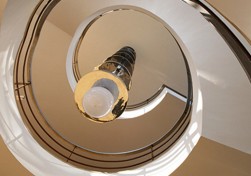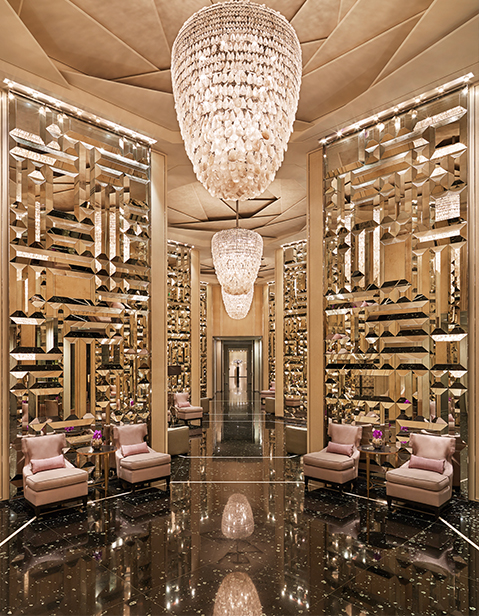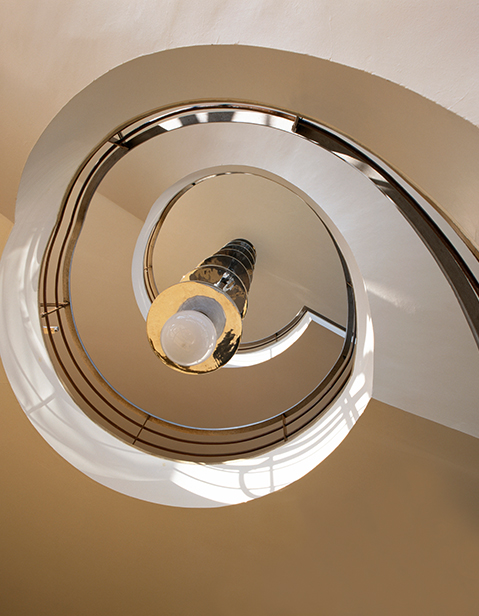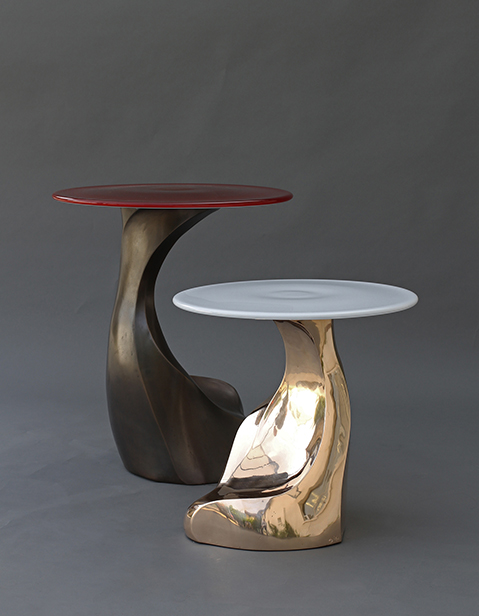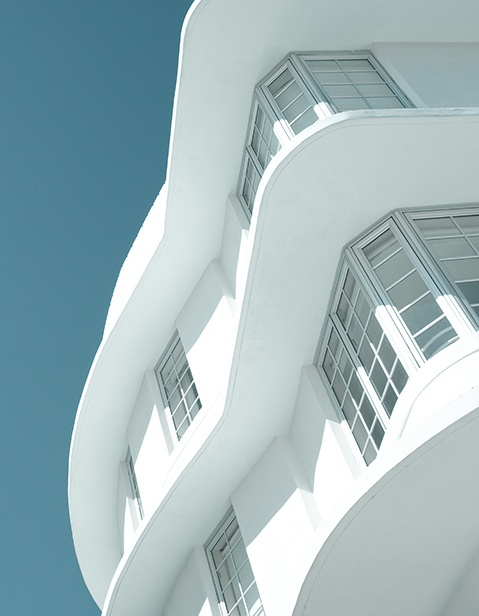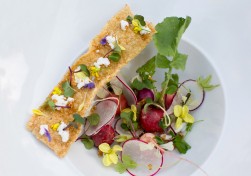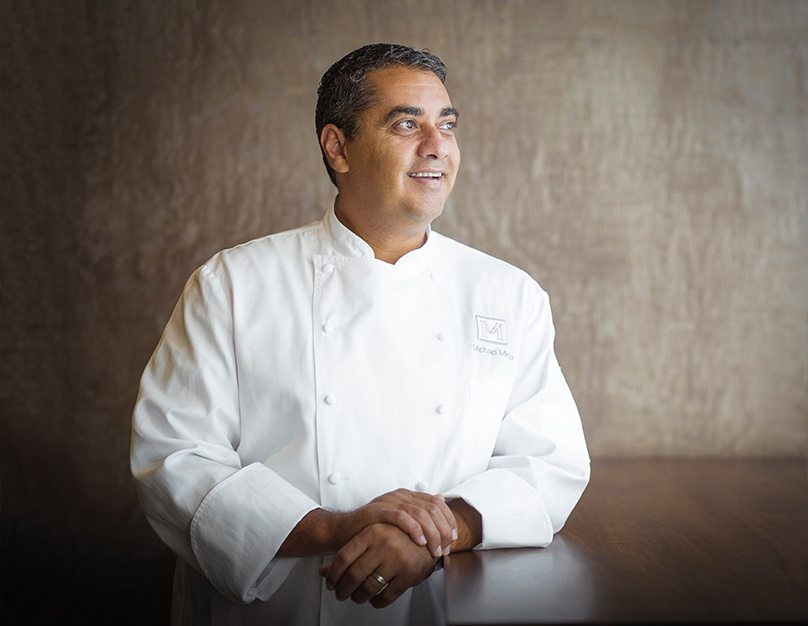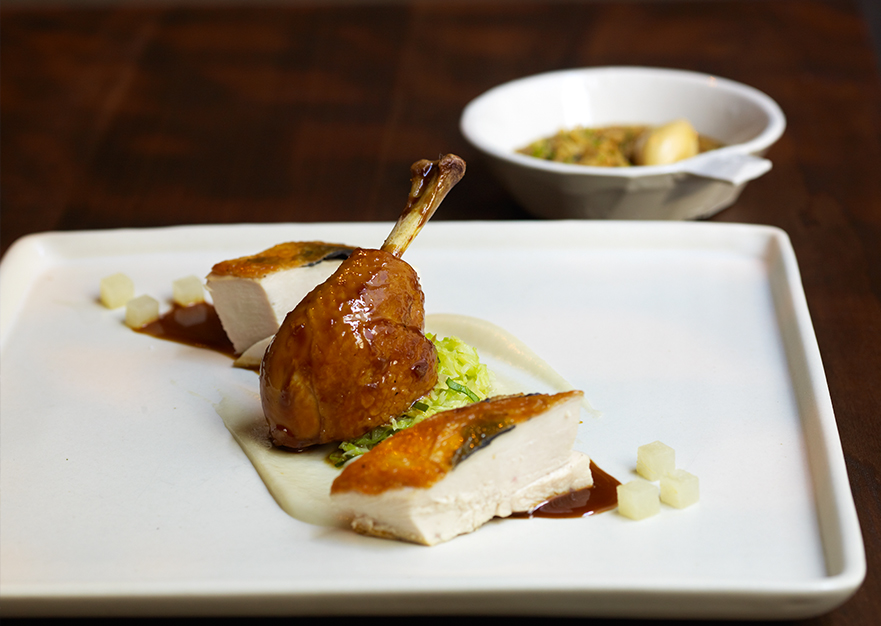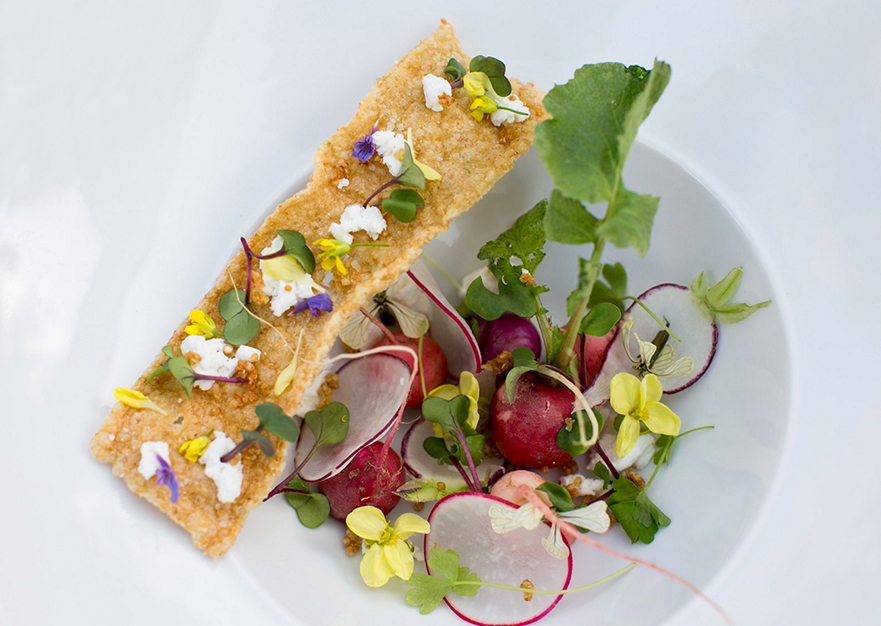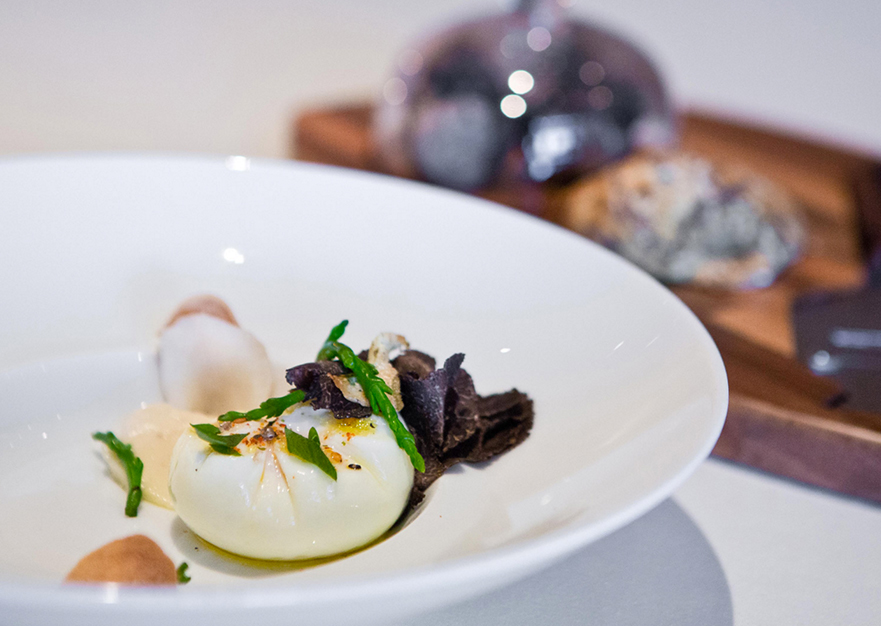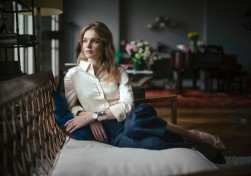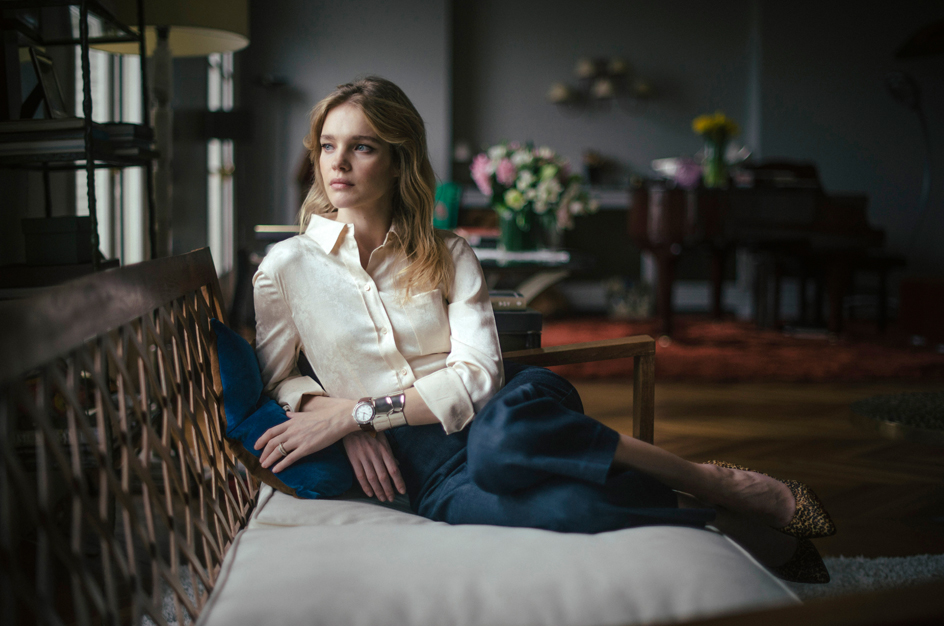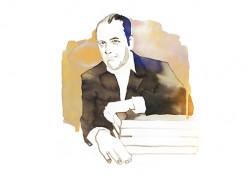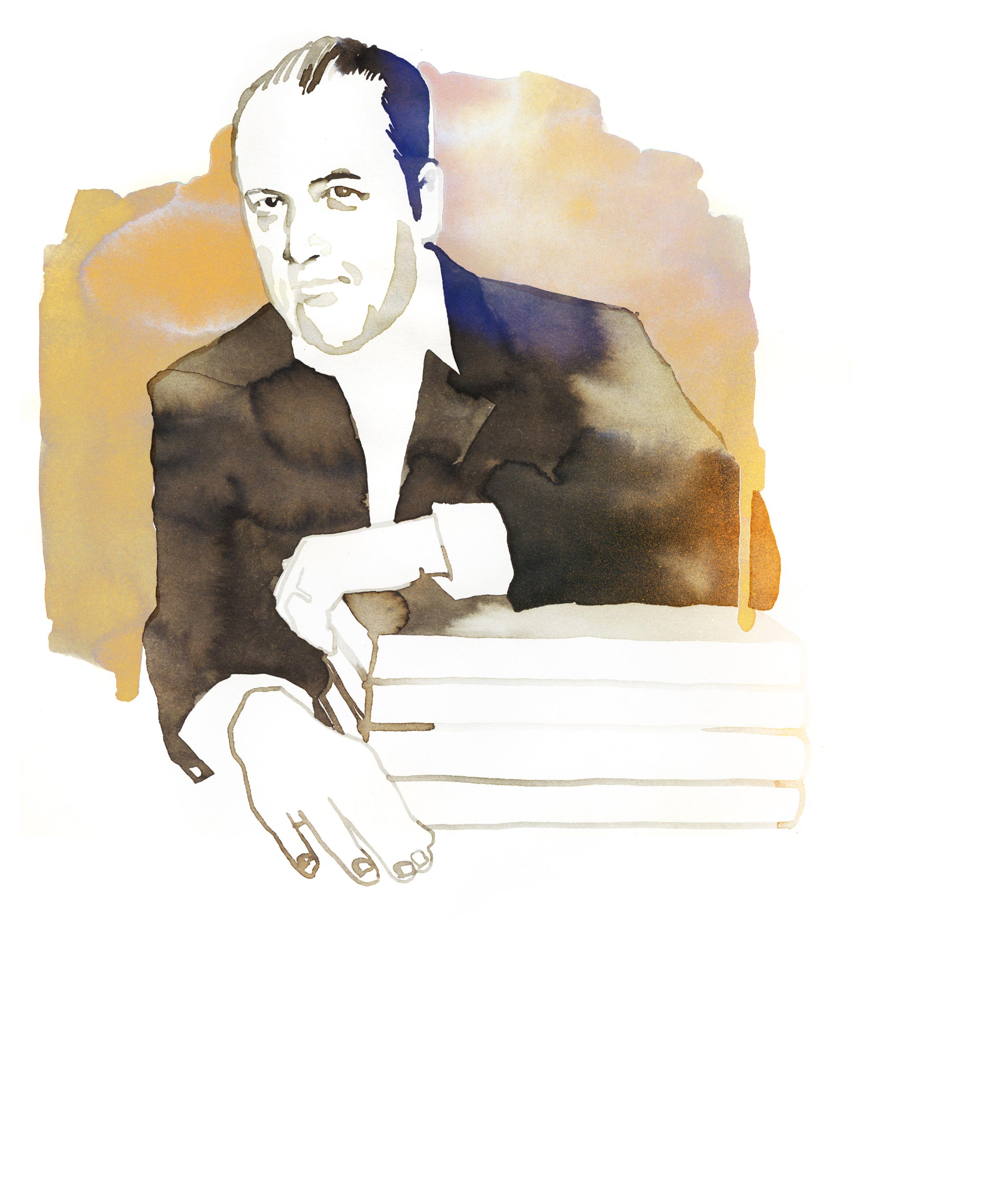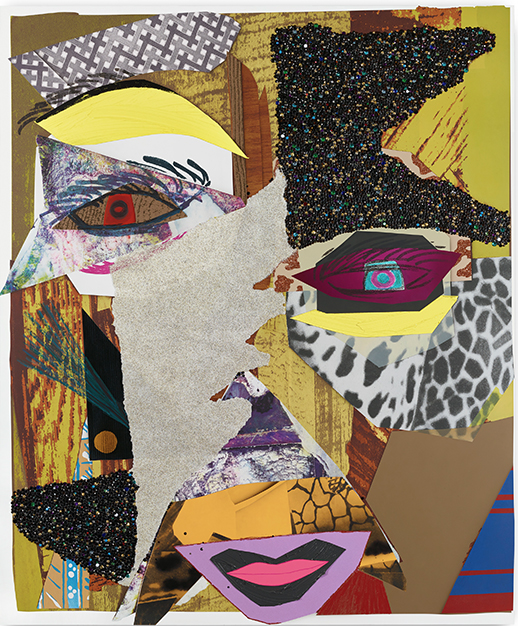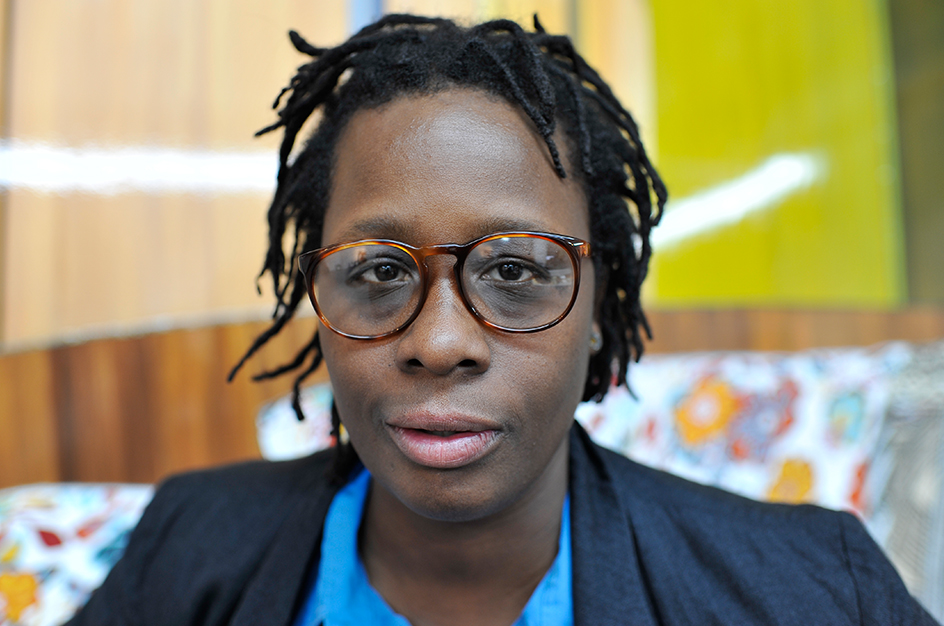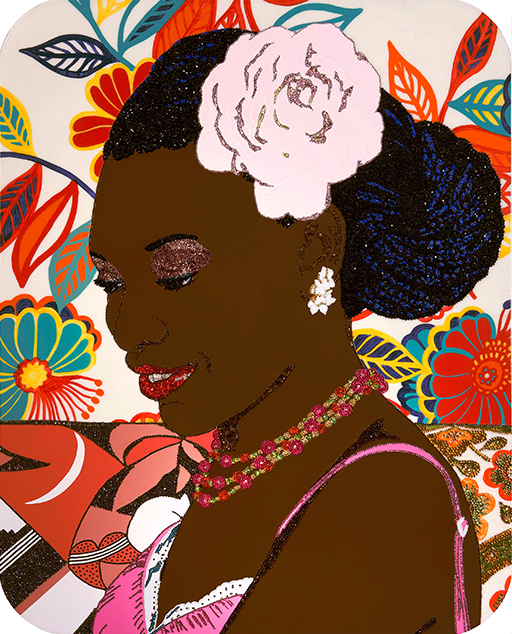In ancient times, the men of the Balearic islands were famed for their skills with a sling, which they tied around their forehead. It was their only weapon, so they honed their skills relentlessly and, legend has it, rarely missed their mark. The modern-day equivalent is Rafael Nadal, whose finely honed technique has allowed him to spend much of his 15-year professional tennis career hitting all his targets – and becoming, in the process, the youngest player ever to win all four Grand Slams.
Nadal’s birthplace, on June 3, 1986, was Manacor, a bustling town five miles from the east coast of the Spanish island of Mallorca, an hour’s drive from the capital city Palma. Although the island’s population has swelled substantially since he was a boy – thanks to its pretty coastline, perfect climate and sweet mountain air – for someone who knows it as Nadal does, there is plenty of space in which to retreat from the summer crowds.
The 30-year-old still lives a short distance from his birthplace, as do his parents and grandparents, whose three homes not only overlook each other but also the quaint fishing harbor of Porto Cristo. Other than a few small, unpretentious shops and local hotels, plus a handful of cafés and local seafood restaurants, there’s not much to see. But it’s here, when he’s not on the tennis circuit, or swimming and fishing with his friends, that Nadal can be found relaxing and eating grilled fish (one of his favorite places is the nearby Sa Punta restaurant in Son Servera, which he describes as “a perfect spot, given the combination of the sea view, the service and the food”, and where his grandfather, a piano teacher, often entertained the diners).
It’s not just the relaxed atmosphere of Manacor that keeps drawing him back, but the weather. Although in winter the town is often enveloped in eerie, hill-hugging fogs, in summer it’s almost always sunny, which the player loves. “Sun is energy,” Nadal told me once, when I asked why he seemed to be fretting about having to play another indoor tournament. There’s nothing he hates more than the sense of being cooped up.
Like many others on the island, Nadal’s is a family business. His father Sebastiàn runs his son’s affairs – having encouraged him to play when he was three years old – and his mother, Ana Maria, helms his charitable foundation, the heart and soul of his future. The other people surrounding him have been in his life for years, and are like brothers: his agent, the former Spanish professional, Carlos Costa; his perennial public relations guru, Benito Perez-Barbadillo; and his physiotherapist, Rafael Maymo.
Not that he is the only Rafael Nadal, as his eightysomething grandmother, Isabel, pointed out in a delightful interview for El Partido de las 12. “The true Rafael Nadal is my husband,” she said. “As well as him, we have my son, and two grandsons, all of whom are called Rafael Nadal. We call this Rafael ‘The Tennis Player’. And my husband is ‘The Old’.”
The handsome white contemporary home of “The Tennis Player”, which he had built in 2013, is just up the road from two of his uncles: Toni, who is also his tennis coach, and Miguel Ángel, the former Barcelona central defender, who played for Spain in the 1996 European Football Championship. It is also near several of Mallorca’s 20 golf courses, which delights the tennis player, who plays off a handicap of four. He is as meticulous about his preparations for golf as he is with tennis, right down to the plasters on the tips of his fingers. I’ve watched him play at Vall D’Or in Porto Colom so late into the December twilight that he could hardly follow the path of the ball – but he kept going, such is his love for the game.
Not that the star lives only for sport. Unlike many international players, who emigrate to tax havens or gated communities once their careers wane, Nadal has invested much of his wealth in trying to make the lives of the people around him richer, too. From his successes – the 69 singles titles, 14 of them in Grand Slam tournaments, helping his country to the Davis Cup, winning an Olympic Gold medal – the tennis star has made enough of a personal fortune to set up the Rafa Nadal Foundation. In its eighth year, it offers educational programs to deprived children with what it calls “a single common denominator: sport”.
This summer, the first six graduates will also start their training in the Rafa Nadal Academy: a center, equipped with 26 courts, that he hopes will become one of the world’s top training facilities and help sustain Spain’s position as a pre-eminent tennis nation. The idea, he says, is not just to make Mallorca a center for sporting excellence, but a place where local children can learn that the relative isolation of island living does not limit prospects nor potential prosperity. Educational facilities include a brand new American International School.
Although the tennis player admits he wasn’t much of a scholar himself, he is proud to have completed his schooling. “At art, I was completely terrible,” he tells me. “I didn’t even know how to paint a house. I was a disaster. I was only ever ‘efficient and borderline’ with music and the other things. But at physical things, I was always good.” The problem, he says, was finding the time to do everything. After five hours a day of schooling, he had almost five hours of tennis practice – from noon to 3pm, then 7pm to 8.30pm – plus 90 minutes of football. “I would arrive home completely destroyed,” he says.
Sitting with him in a café overlooking the sea in Porto Cristo, he tells me his reasons for starting the project. “I can’t say that being me is difficult,” he says. “What is difficult is the people who are suffering, trying to find work every week and trying to survive. That’s difficult. Not being Rafa Nadal. It’s a dream for me. I’m lucky and I want to say thanks for my life. If I can help anyone else to achieve their dreams, that will make me very happy. The Academy, the Foundation, they are all a part of that. My career will not be forever, but I hope my inspiration will last for a long time.”
With that, as the conversation comes to an end, Nadal and his small entourage clamber back into their cars and drive a couple of miles up into the hills to his sanctuary – where he will spend another night with his family, in the place where he would always rather be.
Your address: The St. Regis Mardavall Mallorca Resort
Images: Cordon Press/C. Anton Goiri/Camera Press, Alamy, Getty, INF Photo
